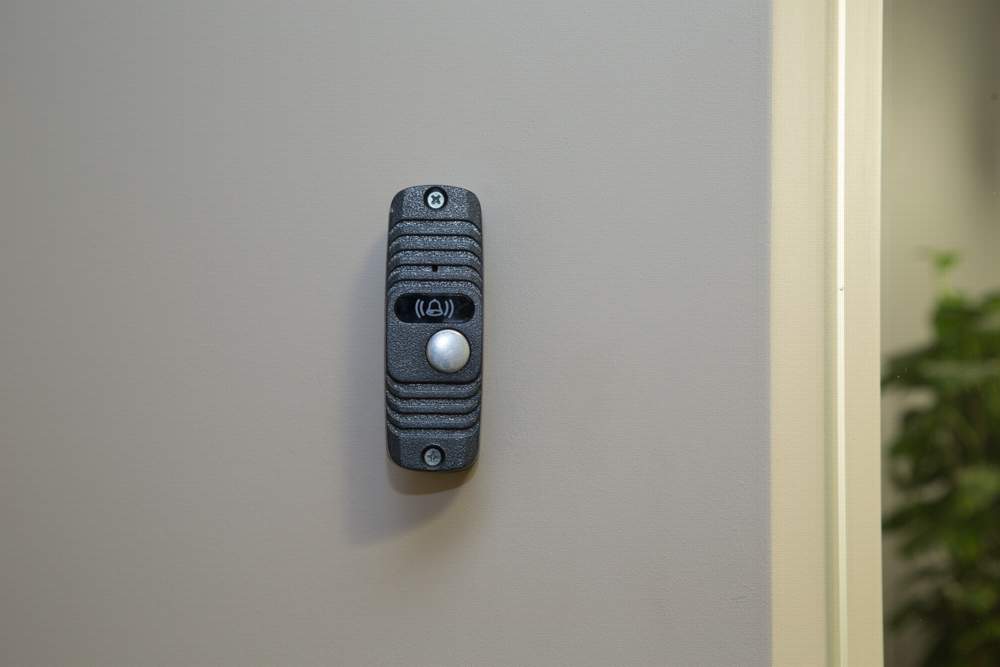Access control systems play a pivotal role in safeguarding businesses, property, and information from unauthorized access. The process of designing and implementing an access control system necessitates careful planning and consideration to ensure its effectiveness.
The first step in designing an access control system is evaluating the need. This can involve assessing the number of access points, the level of security required, and the type of users who will be accessing the system. It’s also important to consider the type of access cards or identification methods you plan to implement, such as magnetic cards, biometric scanners, or radio frequency identification (RFID) tags.
Once you’ve identified your needs, the next step is designing the access control system. This typically involves deciding on eight fundamental questions, including the type of access control model (discretionary, mandatory, role-based, etc.), the hardware and software requirements, and the layout of the access points. It’s also crucial to consider the potential security risks and how the system can mitigate these risks.
After the design phase, the next step is implementation. This involves installing the hardware, setting up the software, and integrating the system into the organization’s IT environment. It often requires collaboration with IT professionals to ensure the system is correctly installed and configured.
Testing is a crucial phase in the implementation of an access control system. It involves verifying that the system works as intended, identifying any issues or vulnerabilities, and making necessary adjustments. Regular maintenance is also essential to ensure the system remains effective and up-to-date.
One innovative approach to access control system design and implementation is the use of web-based access control systems. These systems provide a high level of flexibility and can be accessed remotely, making them ideal for organizations with multiple locations.
In conclusion, the design and implementation of an access control system require thorough planning and execution. By carefully evaluating your needs, designing a robust system, and ensuring proper implementation and maintenance, an access control system can provide a high level of security for your organization.








